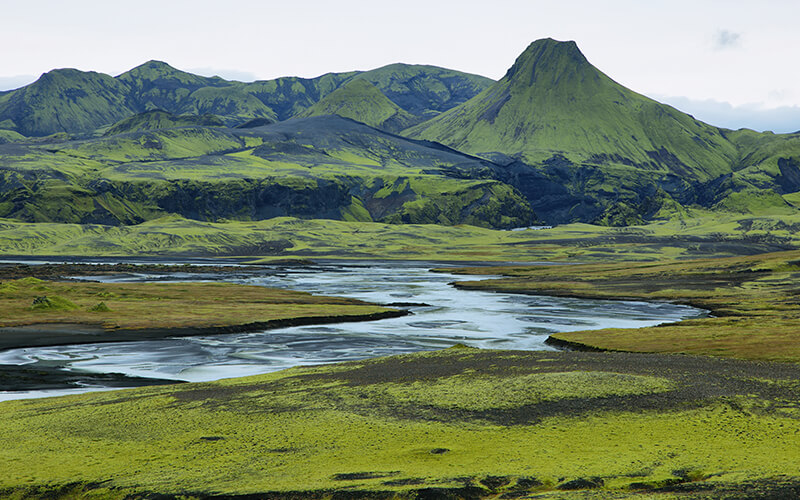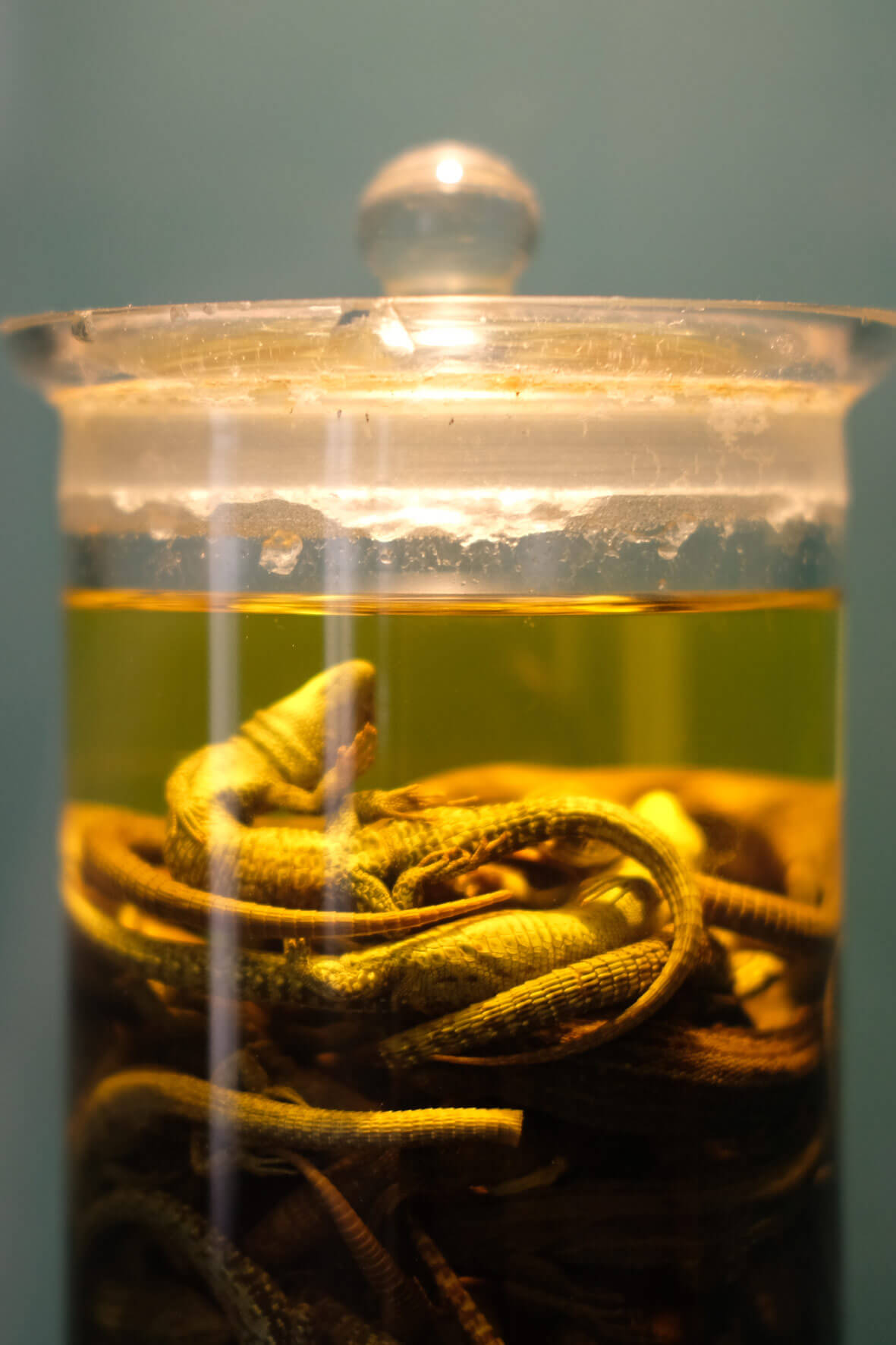This page is also available in Polish ›
The DiSSCo consortium in
POLAND
Polish nature collections are kept in various scientific institutions across the whole country. Actions towards creating a full inventory of collections in these institutions were undertaken many years ago, however due to the high number of specimens the work is still underway. Estimates so far speak of around 15 million zoological specimens and 5 million herbarium specimens of plants and fungi. For many years the activities associated with taking care of and making use of the nature collections have suffered from a significant lack of funding. Only recently, thanks to the state digitalisation programme, can changes be detected in this state of affairs, although the largest digitalisation projects have only just begun.
Such activities were previously performed individually by particular institutions. Only the Polish Biodiversity Information Network presented a systematic approach to the issue of integration and provision of access to data on a nationwide scale. Within the framework of this organisation a consortium was founded with the aim of developing the activities of DiSSCo in Poland. The consortium is presently created by two institutions – the University of Warsaw and the Museum and Institute of Zoology PAS and it purposely concentrates on those institutes possessing the largest nature collections in Poland.
University of Warsaw
The University of Warsaw is the largest university in Poland belonging to leading research centres in the country. Besides its 21 faculties, UW also has 30 academic and research centres. Since 2016, the University of Warsaw has the right to use the title ‘HR Excellence in Research’ awarded by the European Commission. The award confirms that the university fulfils the requirements of the European Charter for Researchers. The university works together with 800 international partners, 400 of which are from 73 countries which have signed a bilateral cooperation agreement with UW. The Faculty of Biology hosts the GBIF National Participant Node, and coordinates the Polish Biodiversity Information Network (KSIB) that encompasses almost all important research and scientific institutions accumulating biodiversity data and knowledge. The network members published 93 datasets providing GBIF with ca 1.6 million occurrence records. The “Biodiversity Map” project, initially focused on prominent insect groups of the country, further extended capacities of the network, through wide integration and digitization activities, encompassing numerous sources of scientific data (collections, publications, observations) and linking data with expert knowledge of the relevant communities of professionals and amateurs.
Collections hosted by the University of Warsaw include ca. 500 thousand herbaria sheets of plants and fungi, small collections of other organisms (invertebrates, protists, vertebrates) and alive collections of plants in the UW Botanic Garden.
Museum and Institute of Zoology of the Polish Academy of Sciences
The Museum and Institute of Zoology of the Polish Academy of Sciences (MIZ PAS) is the largest zoological collection in Poland and the collections of some systematic groups, e.g. birds, molluscs and arachnids, are among the largest in Europe. MIZ PAS cooperates with numerous, similar museums around the world, and the zoological collections stored here provide the basis for numerous scientific and research projects, as well as for teaching and exhibitions. They are made available as loans to researchers from over a dozen institutions every year, or for didactic and scientific-didactic visits by students, doctoral students and trainees, as well as for exhibitions. The most recent collections are stored under conditions that enable their use for genetic research. The process of digitalisation is underway, and around 30% has been digitalised so far.
Over 7 000 000 specimens have been collected in MIZ PAS since the 19th century, including 18 000 types. The oldest collections accumulated by Polish investigators come from Asia, Africa and South America. Many publications have a pioneering character (the studies on the fauna of the Lake Baikal carried out by Benedykt Dybowski, or investigations on the spiders and birds of South America by Władysław Taczanowski). Between 1921 and 1939 the Museum organized numerous scientific expeditions to Brazil, Mexico, Egypt and three cruises by the “Dar Pomorza” in the Atlantic Ocean. During these expeditions, members of the Museum staff collected valuable zoological material including both marine and terrestrial fauna. The next stage in the development of the museum started in 1952. Field research abroad was carried out mainly in Europe (Bulgaria, Greece, Yugoslavia, Romania and Hungary) and Asia (Indonesia, Vietnam, China, Korea, and Mongolia). These trips enriched the collection by thousands of specimens and species not previously represented in the collection, including hundreds of new species and their types. In 2019 the 200th anniversary of the zoological collection of MIZ PAS was celebrated.
Participating institutions in
Poland
Roadmaps
National Funding
DiSSCo is not yet on the national roadmap of scientific infrastructures. The consortium’s goal is to change this situation. Recently, a few large digitization projects prepared by a number of scientific institutions emerged, and their successful proposals created new opportunities and actually are an in-kind contribution to the future national infrastructure. The projects are in the initial phase so this information will be updated further.
Our achievements
Success Stories
The collections of Szymon Tenenbaum (1892–1941) are some of the least known, yet extremely valuable, collections made at the turn of the XIX/XX centuries. The majority of publications available mainly concern field research within the country, conducted by Tenenbaum on the terrain of Poland at that time, including amongst other areas the Mazovian region, the Tatras, the Pieniny mountains, and the Vilnius, Podolia and Roztocze regions. This researcher also published three articles based on materials acquired during his expeditions abroad, in the Balearic islands, Brazil and Mexico.
Tenenbaum began his adventures with beetles at the age of 13, that is in 1905, and they finished at the moment he found himself at the gates of the Wasaw ghetto in 1940. Data collected from labels concerning the places and times of collection confirm these reports. The information, once mapped out, shows that Tenenbaum conducted his most intensive research on the territory of Poland during the 20 year period between the wars. Specimens from before 1905 may have come from his father, who also brought exotic beetles back from his expeditions throughout Europe, however it is not possible to entirely prove this, due to the lack of his fathers’ signatures on the labels, and also the lack of a sample of his original handwriting, in order to compare the writing on the labels.
Reports that the collections were saved, and survived the Second World War practically unscathed, are yet to be confirmed. Too many drastic events undergone by the collections during these times seem to indicate that a part of them may have been damaged. Information from an entry in the Directory of Acquisitions from 1947 shows that MIZ PAN accepted a donation, consisting of 266 boxes that is museum cabinets. The saved collection was preserved, thanks to the help of Antonina and Jan Żabiński, in the Warsaw Zoological Gardens. The exact date of transference of the collection to ZOO is unknown, here Ziegler – a German amateur entomologist who had the role of director of the Arbeitsamt, and friend of the Tenenbaum family, was a frequent guest, coming to examine Terenbaum’s beetle collection. Before the Warsaw Uprising in 1944 the collection was transferred to the Zoological Museum building at 64 Wilcza st.
It was preserved in a preparatory, located in the cellar, which protected it from damage both during the Uprising itself and after it, when special divisions of German soldiers systematically destroyed Warsaw.
In the literature there are no mentions of Tenenbaum working together with other contemporary entomologists. Analysis of data from the labels of the long horned collections alone however showed his intensive cooperation with 73 people, from whom he obtained materials or who identified the beetles in his collection.
After the Second World War, according to Tenenbaum’s will, his wife Eleonora Krajewska-Tenenbaum transferred the collections to the Museum of the Institute of Zoology of the Polish Academy of Sciences in Warsaw. Today they are kept in the central repository of nature collections of the Museum and Institute of Zoology PAS in Łomna. The majority of the specimens may be found in the original cabinets, a part of the collection was added to the so-called aggregated collections.
Museum nature collections, apart from their scientific value, constitute an important element of cultural and historical heritage. Very frequently, particular collections of animals constitute a small fraction of the large collections, waiting to be discovered. One of these pearls is the collection of beetles made by Szymon Tenenbaum, a Polish entomologist from a Jewish background. This collection was investigated taking into account three main aspects: scientific, didactic and historical.
Working on (digitalising) information about the beetles from the longhorn family (Cerambycidae) deposited in Tenenbaum’s collection enabled appropriate IT and museum procedures to be worked out. From the results of the investigations mentioned above, a database was formed including 3922 records, containing 86284 pieces of data altogether; and 4721 longhorn specimens may be found (collected over the course of 81 years by numerous collectors, including Tenenbaum, representing 692 species.
Provisional results enable the following conclusions to be drawn:
- the collection is one of the oldest acquired on the territory of Poland, which constitutes its exceptional value (some of the specimens are over 150 years old, having been collected in 1858);
- they constitute a source of information enabling comparative research on changes in the biodiversity of particular territories (the specimens have labels concerning the places and dates of their acquisition, the people who collected them and the specialists identifying the material);
- the specimens which were preserved ‘dry’ may be used for molecular analysis;
- barely a few percent of the materials gathered into the collection have been published, hence they must be recognised as extremely valuable sources of orignal data concerning the biodiversity, above all, of Europe (80% of specimens), but also the Caucasus, The Middle East, Brazil, Mexico, Africa and the USA;
- data kept in the collection enables the (partial) recreation of a piece of research on beetles in the Warsaw area (the manuscript disappeared in 1939), and also in other territories – Tenenbaum collected beetles mainly on the present territories of Poland (the Pieniny mountains, the Tatras, the Roztocze area), and also from the Podolia and Vilnius regions;
- it is estimated that the entire collection may contain around 150 000 specimens.
Everything on one screen
Collection Dashboard
The dashboard you can see below contains data on the collections of natural science institutions across Europe. Page one shows the approximate number of collections per category for all of the 89 institutes who participated in an initial DiSSCo survey and page two the national contributions to the European collection. The selection boxes allow filtering for country and institutions. The data in this dashboard is populated with information as sent by the DiSSCo partners through an initial survey in November 2017 and should therefore be considered as preliminary. Following that survey, we went through a rigorous process of identifying obvious errors and contacting individuals to correct those. Nevertheless it will probably still contain some errors and information might be outdated. Please contact Niels Raes if you detect any issues so the data can be updated.
If you would like to see a full screen version of the dashboard, please click here.

